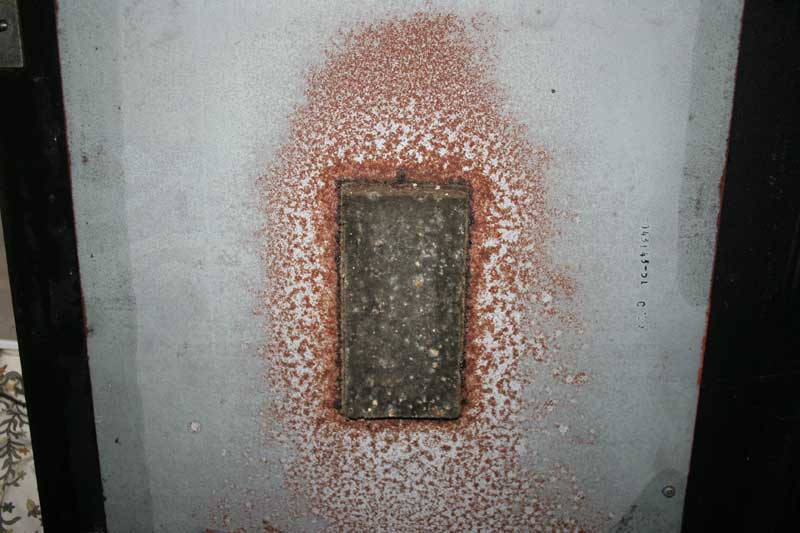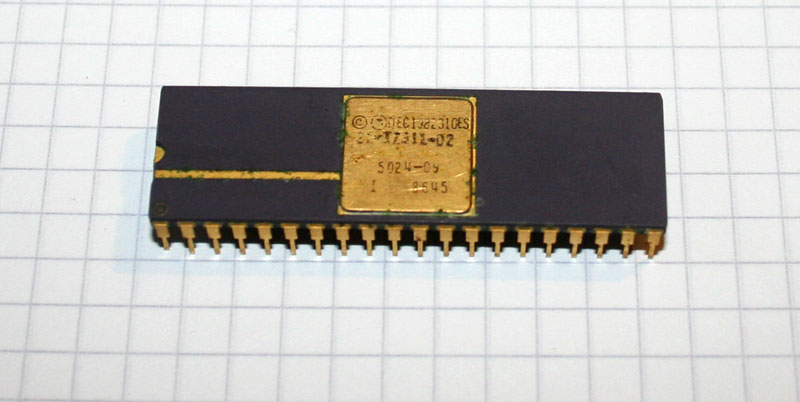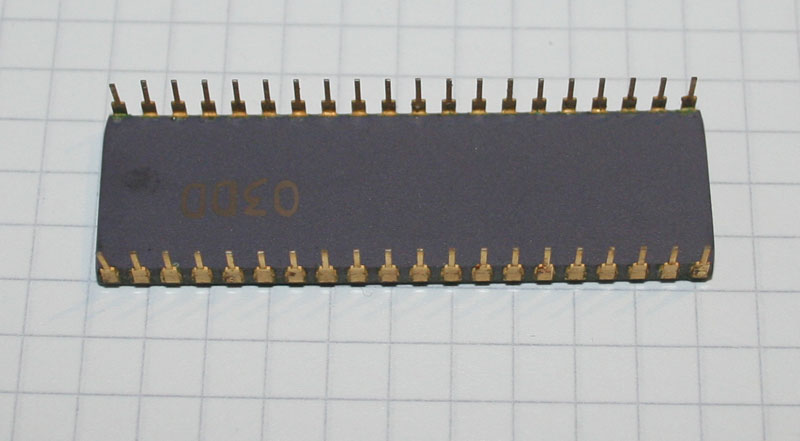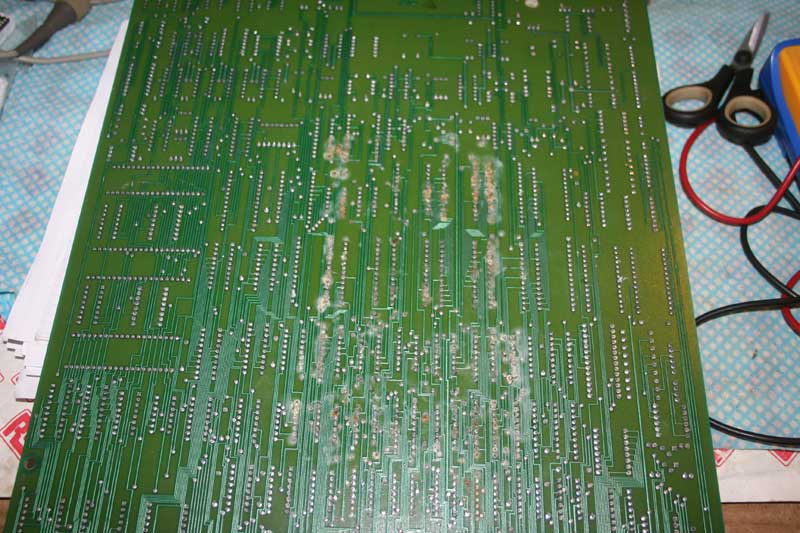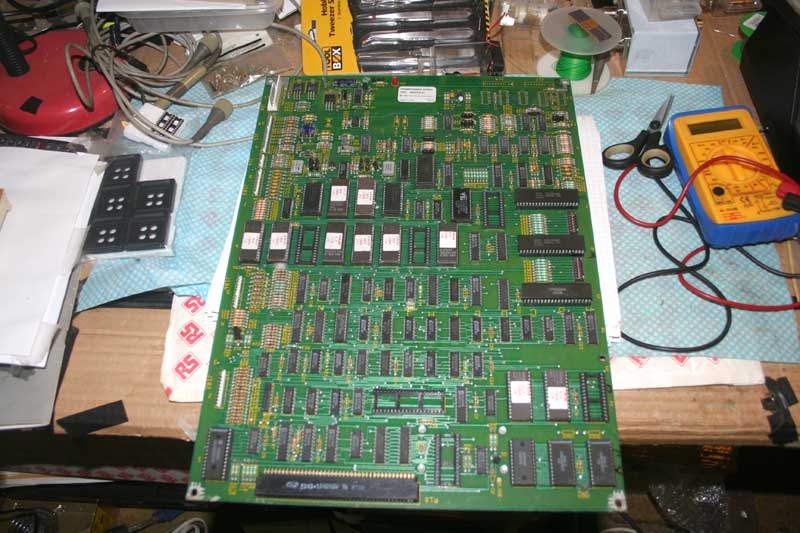Hi RSX-11,
thanks for doing all that research

About this :
really don't know how today's students / engineers can possibly work from only "electronic" documents.
Unless they're using 5 computer screens simultaneously that is.
I do have 5 screens on this very desk, actually 4 on the desk one fixed on a wood beam of the ceiling using two strips of alluminum :D
I don't know if I am "today" or what ( I consider myself 'those that in 1984 were battling between Commodore 64 and ZX Spectrum ) I am nearly 41 years old, alas I am not really an engineer nor a student but technically I am both "all the time", in this job you never stop studying something new or old

Altough must be say the advent of the iPad is something "in terms of portable book one can read and have around" yes I do believe "you'll never replace a paper book" and I do consider in general DEC Manuals like "the best tech documentation ever written that maybe no one else will ever surpass".
I am full of books around me, books are fundamental.
When I was working before in a certain company ( those were good times ) there wasn't much to wander around literally because the place was really small but we had a lot of talking and sometime we had ( kind of "a must" being in Italy ) the "espresso engineering walk", because literally given so small the place was that was the only way to have a real 5 minutes walk.
I don't know if MBWA includes stuff like my ( ex ) boss coming while I was writing code and asking me "How's going ? .. Ah good good .. Aaah that's good go on .. " .. and 25 mins later repeating the same identical procedure/questions for about 5 .. 6 times a day ..
I admit I never heard that "empty desk, empty mind", well I could say - really - I NEVER managed to have an empty desk, actually my desk ( even now ) always been full "of everything", the only times I've been forced to empty it ( but did not last more than 1 day ) was when "someone important" were coming to visit the place and they wanted to give the place "that look" I don't know ..
Ultimately they actually realised that "in case someone was visiting the lab it was actually better to show it for what it was" .. a place full of really full desks ..
Well .. as I said "to being with", I think that a static 16 bits configuration could be a start, there are a few issues to consider/understand.
First of all it seems to me "it's kinda a standard" that the lask 4K words of memory is the I/O space, I have to study the documents to see if I can actually understand at least "more or less" where they want what even if, using the HW "of today" it will mean someway I'll have to write at least the serial port driver my own, I mean even if I'd map my UART chip at the same I/O address I don't think there's any chance the SW would work straigh on being the chip totally different.
About memory turns out I have a couple of chips around, I could actaully build "something incredibly simple" ( i.e. I have 2x32K ram and 2x8K roms ) or even less ram, I have some 8K chips around, really "clock ram rom and maybe that SPI uart I have around" to literally "test the chip".
That chip I have around I really don't know ( yet, but it should ) if it works, before to go "too deep" I think a "let's see if it works" is imperative, if it would turn out that chip does not work it's all over.
I could do some really simple code like "start, output some counting on a display and stay there in loop", I even have a beatyful TIL 31 laying around that just to see if the CPU is working, if I understood correctly the start/restart address is got from the "mode register" ( 4.2.5 of the manual ) so "ram at 0000", "rom starting at some high address" and you are good to go.
Yes I think I should start with a "CPU tester" then I can move from there once I learnt a thing or two about it





